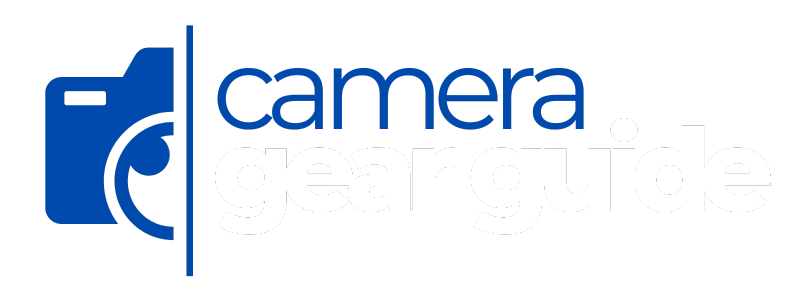Wildlife Photography Equipment
Camera Bodies
- • Sony A1 - Fast burst shooting and tracking
- • Canon R3 - Exceptional autofocus
- • Nikon Z9 - Professional wildlife camera
Wildlife Lenses
- • 200-600mm f/5.6-6.3 - Versatile super-telephoto
- • 600mm f/4 - Professional prime lens
- • 100-400mm f/4.5-5.6 - Lighter alternative
Essential Accessories
- • Gitzo Carbon Fiber Tripod - Sturdy support
- • Wimberley Gimbal Head - Smooth tracking
- • Camouflage gear and blinds
Wildlife Photography Guides
Field Techniques
- 1. Research animal behavior and habitats
- 2. Approach slowly and stay downwind
- 3. Use natural blinds and camouflage
- 4. Respect safe distances for different species
- 5. Learn to read animal body language
Camera Settings
- 1. Use continuous autofocus with subject tracking
- 2. Set high shutter speeds (1/1000s minimum)
- 3. Enable back-button focus for better control
- 4. Use burst mode for action sequences
- 5. Monitor histogram for proper exposure
Composition Tips
- 1. Focus on the animal's eyes
- 2. Leave space for movement direction
- 3. Include environmental context
- 4. Capture behavior and interactions
- 5. Consider different perspectives
Seasonal Advice
- 1. Spring - Focus on new life and courtship
- 2. Summer - Photograph early morning/late evening
- 3. Autumn - Capture migration patterns
- 4. Winter - Document survival behaviors
- 5. Plan trips around breeding seasons
Ethics Guidelines
- 1. Never bait or lure wildlife
- 2. Avoid disturbing nests or dens
- 3. Follow park and reserve rules
- 4. Keep location data private for sensitive species
- 5. Put animal welfare before getting the shot
